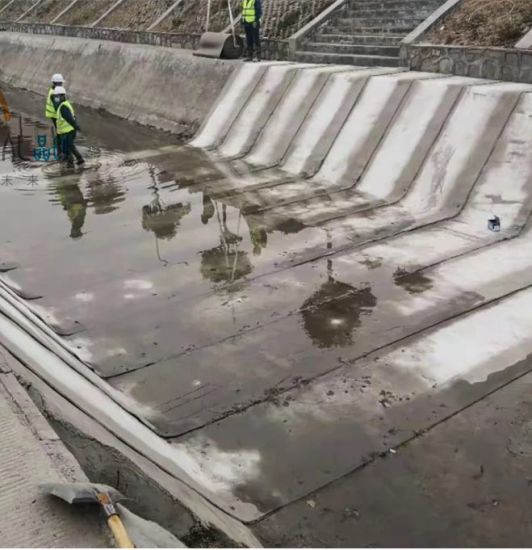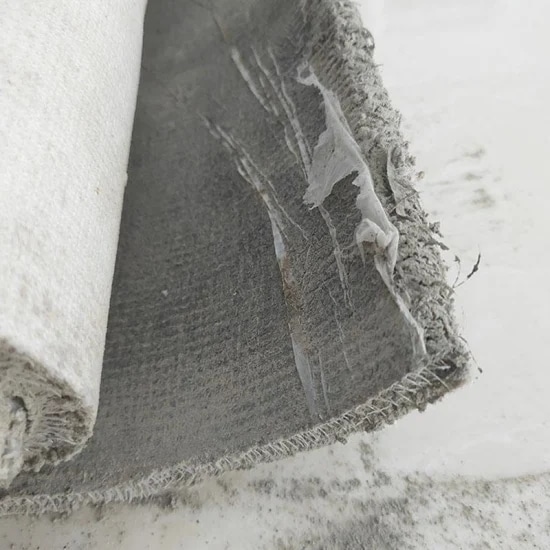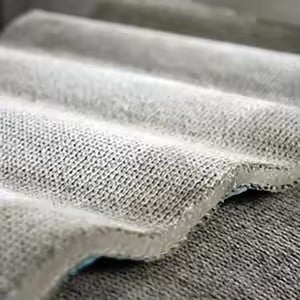What is a Concrete Blanket? Benefits, Uses, and How It Works
A concrete blanket, also known as a concrete curing blanket or insulated concrete cover, is an innovative solution designed to accelerate and optimize the curing process of freshly poured concrete. Ideal for construction projects in cold weather or variable climates, this product ensures proper hydration, prevents freezing, and maintains consistent temperatures for superior concrete strength.
Why Choose a Concrete Blanket? Top 5 Benefits
- Temperature Control
Concrete blankets trap heat generated during the curing process, maintaining temperatures between 50°F to 150°F (10°C–65°C). This prevents thermal shock and ensures uniform curing even in freezing conditions. - Faster Project Completion
By retaining moisture and heat, concrete blankets reduce curing time by up to 30%, allowing contractors to meet tight deadlines. - Cost-Effective & Energy-Efficient
Eliminate the need for expensive heating systems or fossil fuels. Concrete blankets rely on the concrete’s own exothermic reaction, slashing energy costs. - Durable & Reusable
Made from heavy-duty, waterproof materials like polyethylene foam and UV-resistant outer layers, these blankets withstand harsh conditions and can be reused across multiple projects. - Versatile Applications
Perfect for foundations, slabs, roads, bridges, and large-scale industrial projects. Works for both horizontal and vertical surfaces.
How Does a Concrete Blanket Work?
The science is simple:
- Heat Retention: The blanket’s insulating layers lock in heat produced by the curing concrete.
- Moisture Preservation: A vapor barrier prevents moisture loss, critical for proper hydration.
- Freeze Protection: In cold climates, it keeps concrete above the critical 32°F (0°C) threshold to avoid structural damage.
When to Use a Concrete Blanket?
- Cold Weather Concreting: Protect against frost in temperatures as low as -20°F (-29°C).
- Mass Concrete Projects: Prevent cracking caused by rapid temperature changes in dams, pillars, or thick slabs.
- Emergency Repairs: Quickly cure patches or repairs without delays.
Installation Tips for Maximum Efficiency
- Lay the blanket immediately after pouring concrete.
- Overlap seams by 6–12 inches to prevent heat loss.
- Secure edges with weights or tape to resist wind.
- Monitor temperature with embedded sensors if needed.



